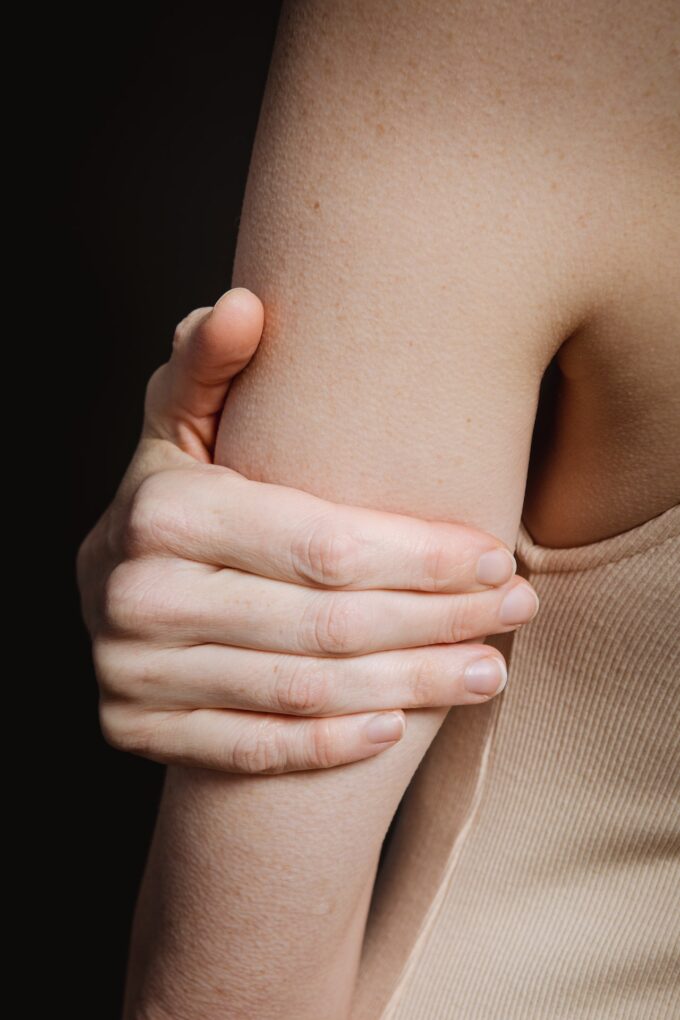
Eczema, also known as chronic Eczema, is a skin condition with a long history. It causes severe itching and rashes. Seven types of Eczema exist, each with different symptoms and triggers.
It typically begins in childhood. Atopic dermatitis can affect people at any age. Atopic dermatitis can increase your risk of food allergies, asthma or hay fever in later life.
Atopic Dermatitis
AD is the most common form of eczema and usually begins in childhood. It is often very itchy and flares up (gets worse) or improves. It can affect arms, legs and hands and be embarrassing or uncomfortable. AD is not contagious but can be made worse by soap, hot baths with scented bubbles, synthetic materials, and bacteria that produce proteins that damage the skin’s barrier.
An imbalance in the immune system leads to inflammation of the skin. Wan says that many people with atopic skin have a mutation in their genes, making it difficult for them to form a protective barrier on the skin’s surface. It is due to the lack of filaggrin in their skin, which helps keep the upper layer of skin moist.
The itching of atopic dermatitis is triggered by histamines, which are released by the body when something triggers an allergic reaction. Oral antihistamines, such as ibuprofen or corticosteroids, help reduce histamine release and thus can decrease the itching. Medicated ointments, creams and lotions can also soothe irritated and dry skin. Bathing strategies, including dilute bleach baths, can also be helpful. Avoid scratching the rash, as it can cause infection.
Contact Dermatitis
Contact dermatitis is caused by your skin coming into contact with something that makes it red, swollen and itchy. The symptoms can be mild or severe, appearing anywhere on your body. Many different chemicals and materials can cause this reaction. These include plants (such as poison ivy), metals, and other substances found in cleaning products, clothing, or shoes. The rash is not contagious and can only be transmitted by touching the affected area. Contact dermatitis can be divided into two categories: allergic and irritant.
Irritating contact dermatitis results from direct chemical damage and releases mediators of inflammation predominantly from epidermal cells. The rash may appear within hours of exposure to the irritant. Symptoms range from simple erythema to more severe changes such as erosion, crusting, vesiculation and blistering. The morphology and distribution of the rash can help identify the offending material; for example, linear streaking around the wrist can indicate an allergic response to a bracelet or watchband.
With allergic contact dermatitis, the allergen penetrates the skin’s surface and is taken up by Langerhans cells, initiating an immune response. This type of dermatitis is less common and tends to develop over several days. Symptoms include itchy, red, bumpy or blistered skin that feels tight and swollen. The rash is typically confined to sun-exposed areas, although other chemicals and materials can cause it. Your healthcare provider may offer a patch test, where they put a sticky patch on your skin coated with known allergens to see if this triggers a rash. Oral or injection steroid medications, immunosuppressants or phototherapy may also treat the rash.
Neurodermatitis
Affected individuals experience a chronic itch-scratch cycle. Itchy patches of neurodermatitis appear on the skin, often causing blisters. These patches are usually itchy and scaly. They are confined to one or two small body areas, such as around an ankle or genital area, but may spread through scratching and become larger. They can also change color, becoming red or darker.
The exact cause of neurodermatitis is unknown, but researchers believe that nerves in the skin overreact to various triggers. These can include anything from tight clothing to emotional stress. In addition, certain chemicals may be a trigger, such as perfumes and detergents. Traffic exhaust, excessive sweating, and extreme temperatures can also trigger a flare.
While the itch-scratch cycle of neurodermatitis is a constant challenge, several treatments are available. The treatment options include prescription ointments and creams that can relieve itching. Other remedies may include avoiding known triggers, such as harsh cleansers and synthetic fabrics. Using moisturizers frequently is another good practice. These are particularly effective when applied to the skin right after a shower or bath, which helps optimize the skin’s natural moisture.
Individuals with neurodermatitis should try to stay as calm as possible. This can help them avoid scratching, further damaging the skin and leading to a vicious cycle. It is also beneficial to seek support from family and friends.
Dyshidrotic Eczema
Dyshidrotic Eczema (also known as pompholyx) is a chronic form of dermatitis characterized by itchy blisters in the soles and palms of the foot. The condition is more common among women than men and appears hereditary. It can start at any age, but usually between 20 and 40. The blisters are itchy and scaly and may turn brown or ooze as the skin surrounding them dries.
Scratching aggravates the condition. It can cause infections caused by bacteria such as Staphylococcus. This disease can cause pain, swelling and yellow crusts that form on blisters.
This type of dermatitis is not curable. The treatment includes frequent moisturizing and using mild hand cleaners. A barrier repair cream, such as dimethicone, can help keep the skin from drying out and irritating. A short course of oral steroid medication can be helpful in severe cases.
In addition, stress reduction techniques can improve symptoms. It is a good idea to talk to your dermatologist about these options. For example, a small amount of biofeedback therapy can benefit dyshidrotic Eczema. It has been shown to decrease stress and anxiety in some patients significantly. Other techniques that may be useful include meditation, yoga, or mindfulness.














